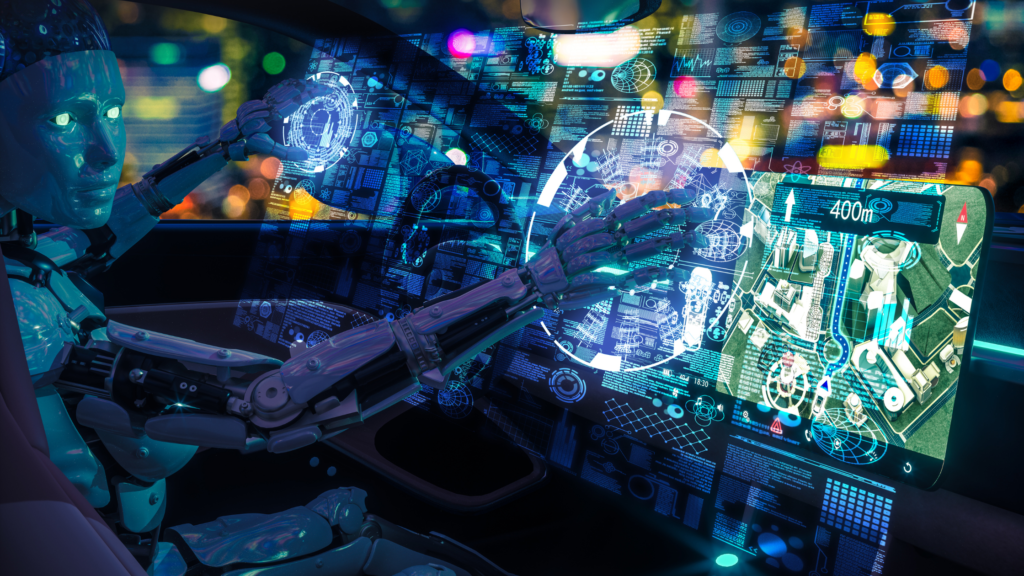What is Electrical Industrial Automation?
Electrical industrial automation is the process of using machines, software, and sensors to control and monitor the production and delivery of various goods and services. It can improve efficiency, quality, safety, and reliability in various industries, such as manufacturing, power, oil and gas, and transportation.
However, traditional electrical industrial automation systems often rely on wired connections, analog signals, and manual interventions, which can limit their flexibility, scalability, and performance. Moreover, they can generate a lot of data, but not necessarily useful insights, that can help optimize the operations and maintenance of the systems.
In this blog, we’ll know about “How Smart Sensors and IoT Devices Can Enhance Electrical Industrial Automation”.

Smart Innovation
This is where smart sensors and IoT devices come in. Smart sensors are devices that can measure physical properties, such as temperature, pressure, level, flow, vibration, etc., and convert them into digital signals that can be processed, analyzed, and communicated. IoT devices are devices that can connect to the internet and other devices, and exchange data and commands.

Benefits of integrating this technology
By integrating smart sensors and IoT devices into electrical industrial automation systems, the following benefits can be achieved:
- Wireless connectivity: Smart sensors and IoT devices can communicate wirelessly, eliminating the need for cables, converters, and connectors, and reducing the installation and maintenance costs and complexity. Wireless connectivity also enables more mobility and flexibility, as the devices can be placed anywhere within the network range, and can be easily reconfigured or replaced.

- Digital data: Smart sensors and IoT devices can generate and transmit digital data, which can be more accurate, reliable, and secure than analog data. Digital data can also be easily stored, processed, and analyzed, using cloud computing, artificial intelligence, and machine learning, to generate actionable insights and recommendations.
- Remote monitoring and control: Smart sensors and IoT devices can enable remote monitoring and control of the electrical industrial automation systems, using smartphones, tablets, or computers. This can improve the visibility and accessibility of the systems, and allow for faster and more informed decisions and interventions. Remote monitoring and control can also reduce the need for physical presence and travel, and enhance the safety and convenience of the operators and technicians.
- Predictive maintenance: Smart sensors and IoT devices can provide real-time and historical data on the performance and condition of the electrical industrial automation systems, and detect any anomalies or faults. This can enable predictive maintenance, which is the practice of servicing or replacing the components before they fail, based on data-driven predictions. Predictive maintenance can reduce the downtime, repair costs, and risks of the systems, and extend their lifespan and efficiency.
Impact on Nature
In industrial automation, the integration of IoT stands as a transformative force, offering multifaceted benefits. From curbing carbon footprints to fostering green innovation, its potential impact resonates across sectors, promising a more sustainable and efficient future.

- Carbon footprint: IoT can help reduce the carbon footprint of industrial automation by enabling more efficient use of energy and resources, as well as monitoring and reporting of emissions. For example, IoT can enable smart grid solutions that optimize the supply and demand of electricity from renewable sources, as well as smart metering and billing that incentivize energy conservation. IoT can also enable predictive maintenance and remote control of machines and equipment, which can reduce downtime, waste, and fuel consumption. According to a report by Ericsson, IoT could reduce global GHG emissions by up to 15% by 2030, with industrial automation being one of the key sectors.
- Environmental impact: It also helps mitigate the environmental impact of industrial automation by enhancing the circularity and sustainability of production and consumption. For example, IoT can enable smart waste management and recycling systems that track and sort waste materials, as well as smart logistics and supply chain systems that optimize the delivery and distribution of goods. IoT can also enable smart product design and lifecycle management that incorporate environmental criteria and feedback, as well as smart consumer behavior and engagement that promote eco-friendly choices and practices. According to a report by the World Economic Forum, IoT could create a net positive environmental value of $3.7 trillion by 2030, with industrial automation being one of the key sectors.
- Renewable energy: IoT can help integrate and utilize renewable energy sources for industrial automation by enabling smart generation, storage, and distribution of clean power. For example, IoT can enable smart renewable energy systems that monitor and adjust the output and input of solar, wind, hydro, and biomass power, as well as smart energy storage systems that balance the supply and demand of electricity. IoT can also enable smart microgrids and distributed energy resources that provide reliable and resilient power to industrial facilities, as well as smart energy trading and pricing platforms that facilitate the exchange and monetization of surplus power. According to a report by IRENA, IoT could increase the share of renewable energy in total final energy consumption to 65% by 2050, with industrial automation being one of the key sectors.
Conclusion
If you are looking for a one-stop solution for smart sensors and IoT devices for electrical industrial automation, contact the top class suppliers and get ready to experience the benefits of smart manufacturing and smart energy management.

